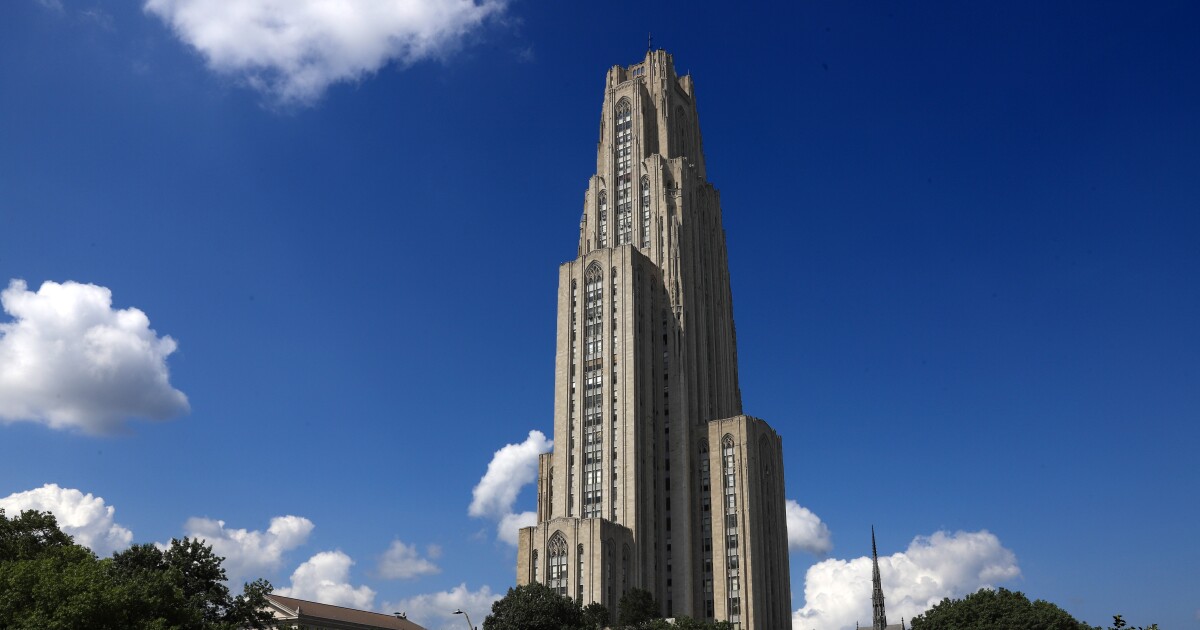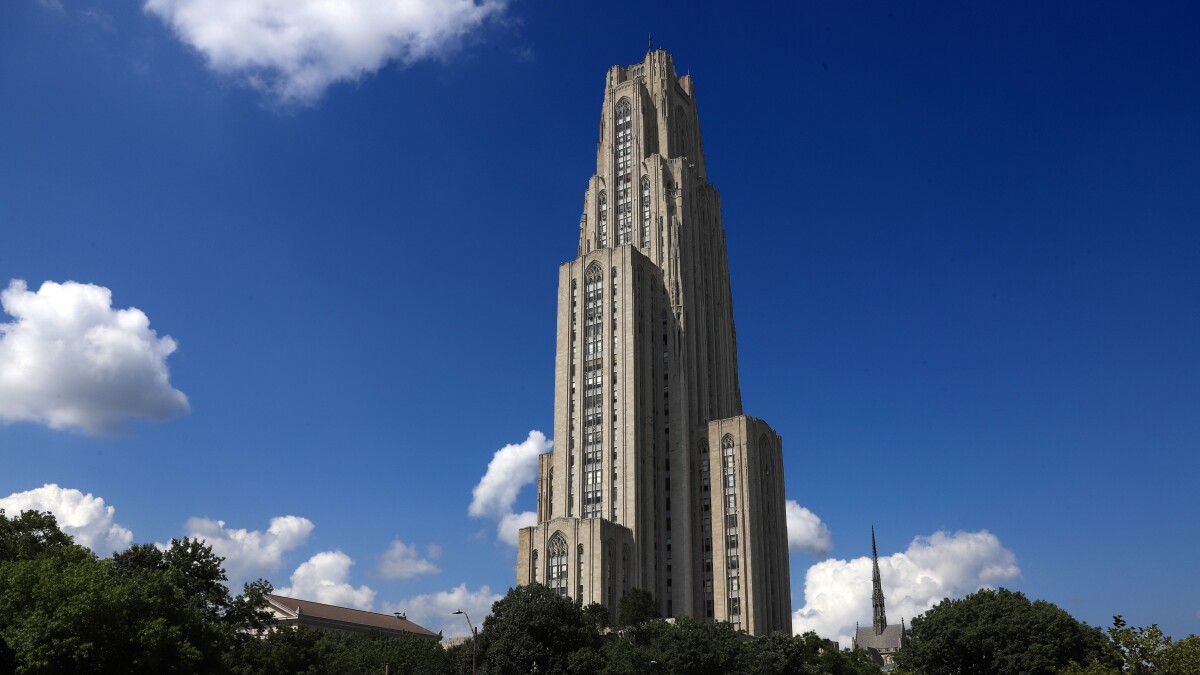
The University of Pittsburgh Brain Institute is working to unlock new therapy treatment for people with Parkinson’s disease. Researchers studying how to use neural pathways in the brain to restore movement in the body were awarded another $8 million dollars, the University announced late last week. The announcement follows a previous $12 million award from the same initiative, Aligning Science Across Parkinson’s.
Peter Strick, chair of the Department of Neurobiology at Pitt School of Medicine, is leading the research which builds upon the success of deep brain stimulation treatment by pinpointing neuro pathways in the brain that could be the key to improving motor functions.
“Some Parkinson patients can show remarkable motor abilities despite their motor disabilities,” Strick said. “What we know about brain connections right now is just the tip of the iceberg.”
Parkinson’s Disease is typically characterized by progressive physical disabilities including the slowing of walking, stiffened motions and hand trembling. These symptoms arise due to the death of nerve cells in an area of the brain called the substantia nigra, which sits at the bottom of the brain at the basal ganglia. Strick’s research centers on a neuronal pathway called the Open Loop Circuit which could provide a new connection from the basal ganglia to the motor cortex of the brain.
But some patients who have been physically disabled by the disease have had their symptoms alleviated by placebos or intense emotion, Strick said. He has seen these symptoms temporarily subside in patients involved in his research.
“Patients in the area talked about being quite disabled, sitting in the chair, but seeing their grandchild almost fall down basement stairs and the subject was able to jump up and rescue their grandchild,” he said.
There have also been cases of Parkinson’s patients able to run from a fire while under normal circumstances they have a slow, shuffling gait. Strick noted that the motor abilities can also return under more positive emotional experiences, including at least one man who was able to ride a bike but unable to walk.
Among the most common treatments for Parkinson’s disease is deep brain stimulation, where electrical pulses are sent to the parts of the brain responsible for certain movements. But Strick hopes to find a treatment that doesn’t require electrical pulses at all.
“Deep brain stimulation is remarkably effective,” Strick said. “But the next frontier is either repairing the neurons or introducing genetic changes that allow us to stimulate the neurons.”
Pitt researchers have been mapping brain activity to understand how to use the open loop circuit in the brain to create a pathway for movement. The next phase of research will determine whether monkeys with Parkinson’s respond to stimulation of the open loop circuit and whether humans with Parkinson’s maintain the same circuitry after the disease progresses.
The latest round of funding will also allow Strick’s team to test viruses that have been adapted to infect specific neurons with a goal of “[introducing] changes so that they can be able to repair neurons or activate [them] in specific circumstances.”
Strick hopes to better understand whether activating the open loop circuit could lead to new therapies for Parkinson’s and potentially other neuropsychiatric conditions like drug-resistant depression.
“We learn something new from every experiment we do, something fundamental about how the brain works,” Strick said.



